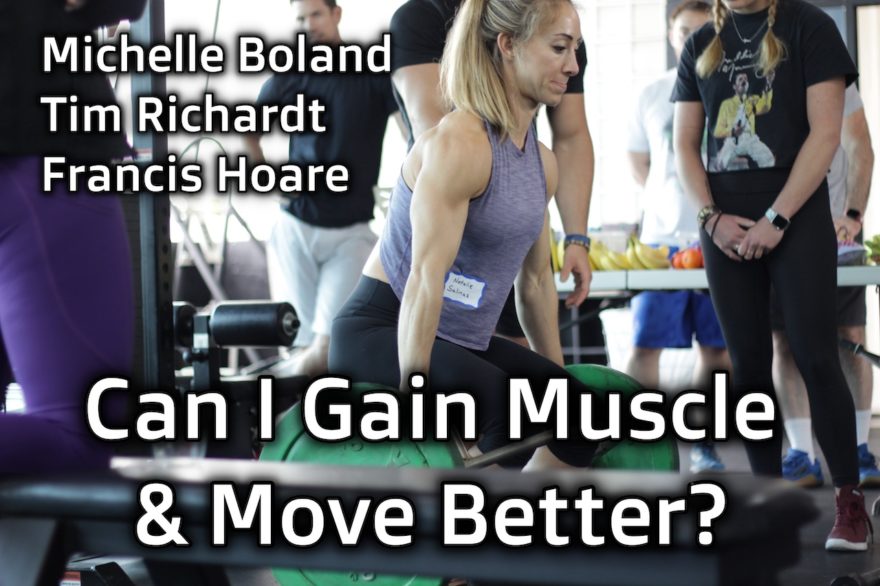Tag: mobility

Physical Therapist Reveals His 4 Running Mistakes
Discover the four game-changing strategies to improve your running performance. From power meters to targeted mobility and smarter weight training,…

Can I Gain Muscle and Move Better? – Michelle Boland, Tim Richardt, Francis Hoare
If you want to move better and get stronger at the same time, this is the podcast to check out

Functional Muscle Contractions
Compression, expansion, limitations, oh my! Have you ever wondered how muscle contractions impact movement? Or why in the hell we…
9 weeks with Bane, I mean Zac…Oops Sorry Wrong CI
Note from Zac: This is my first guest post, and to start things up is the one and only Trevor…
Course Notes: Cantrell’s Myokin Reflections
Third Time’s a Charm Mike Cantrell was in my neighborhood to teach Myokinematic Restoration by the folks at PRI. And…
Course Notes: Advanced Integration and PRC Reflections
I Passed I officially became a Jedi this past December after retaking Advanced Integration and going through the Postural Restoration…
The End of Pain
I’m Done Treating Pain. Yes. You read that correctly. I’m over it. Several different thoughts have crept into to my…
Treatment at the Hruska Clinic: The Finishing Touches
For part 1, click here. For part 2, click here. A Low Key Day 3 Day three consisted mostly of…
Course Notes: PRI Integration for the Home
The Pilgramage One of the many reasons I was drawn to make the trek to Lincoln was to experience my…
Course Notes: Dermoneuromodulation
What? You Mean You Have to Touch Someone???!!?!? My gluttony for punishment continues. This time, I had the pleasure of…
PRI and Pain Science: Yes You Can Do It
Questions You may have noticed that my blogging frequency has been a little slower than the usual, and I would…
The Post Wonderful Time of the Year: Top Posts of 2013
The Best…Around Time is fun when you are having flies. It seems like just yesterday that I started up this…
Advanced Integration: Day 2 (Triplanar Activity)
For day 2 we discuss more and more the areas that help support ZOA establishment. Read on comrades. For day…
Course Notes: Advanced Integration Day 1 (Synchronous Breathing)
Mind Blown My mind is still racing from PRI’s annual Advanced Integration course. It is over these four days that…
Course Notes: FMS Level 2
Mobility, Stability, and the Like I recently attended the FMS Level 2 course after rocking the home study. In my…
